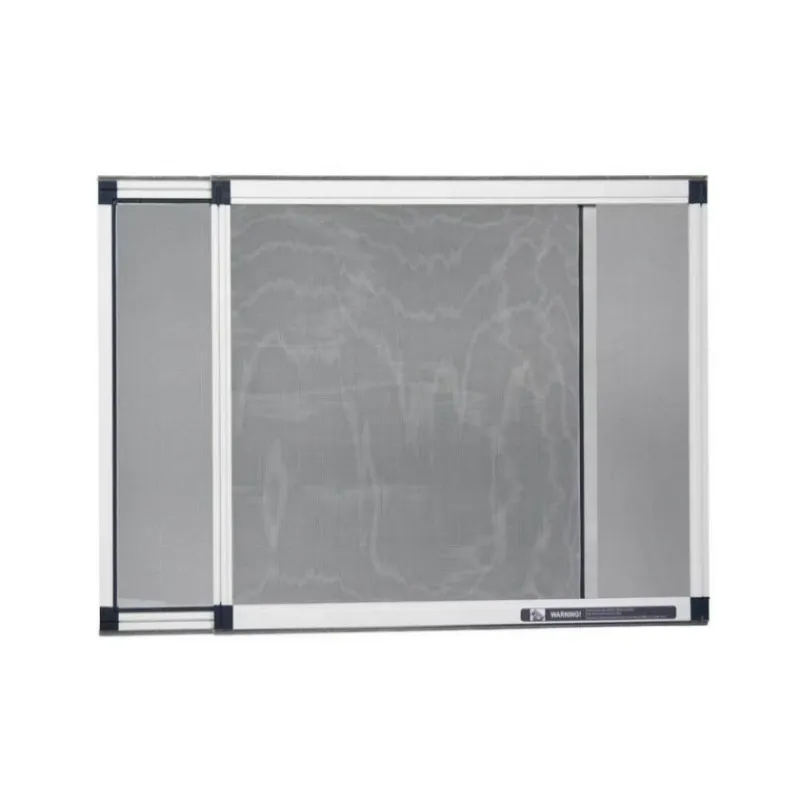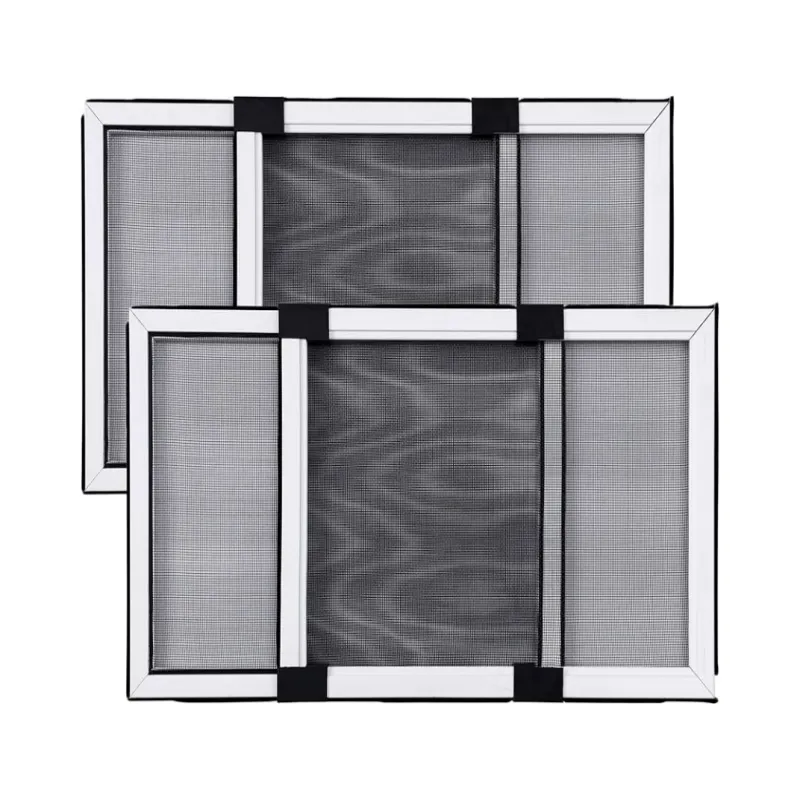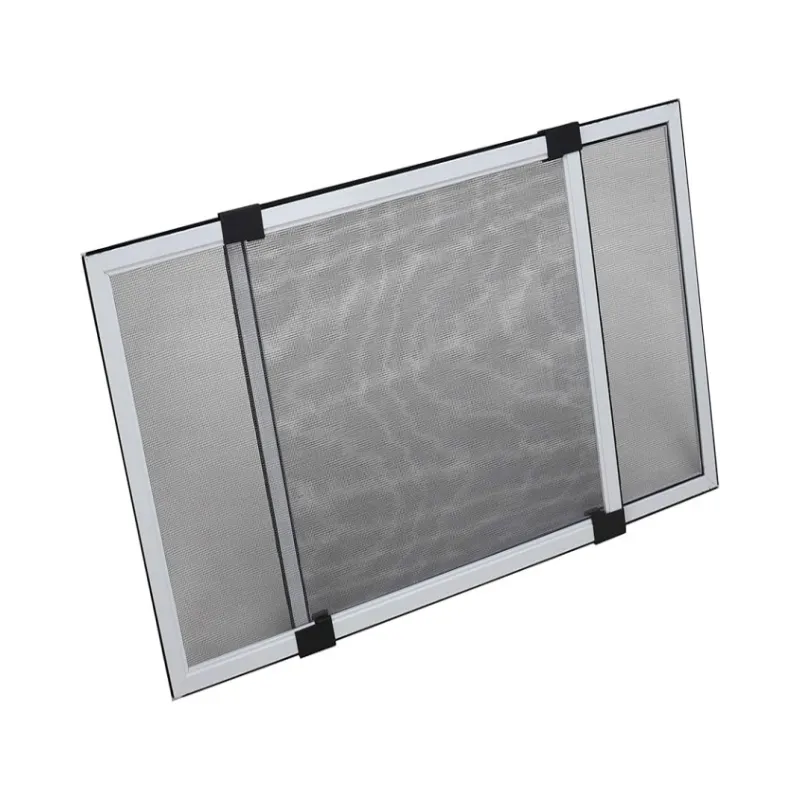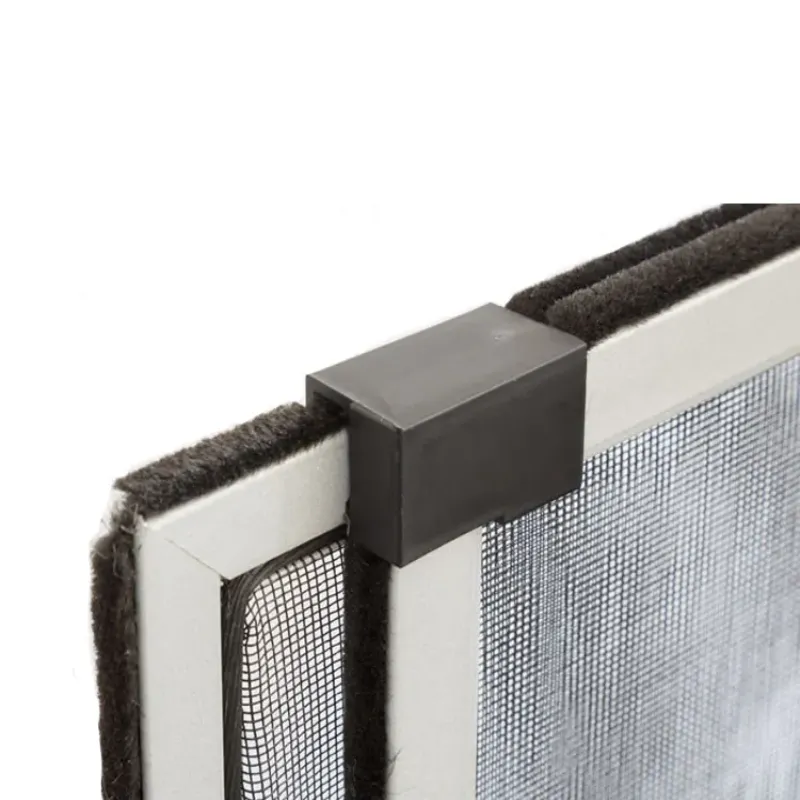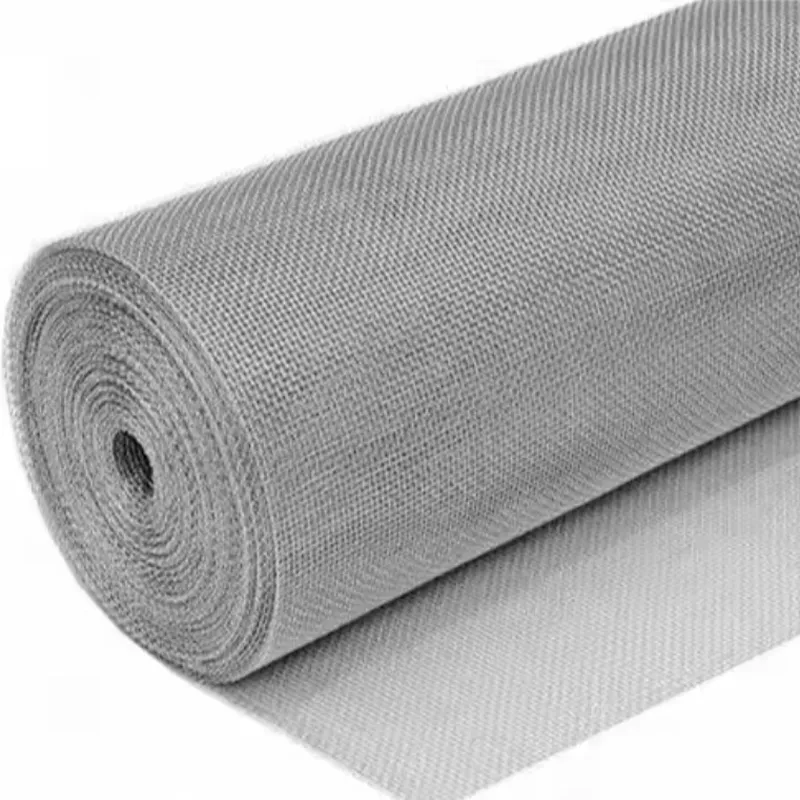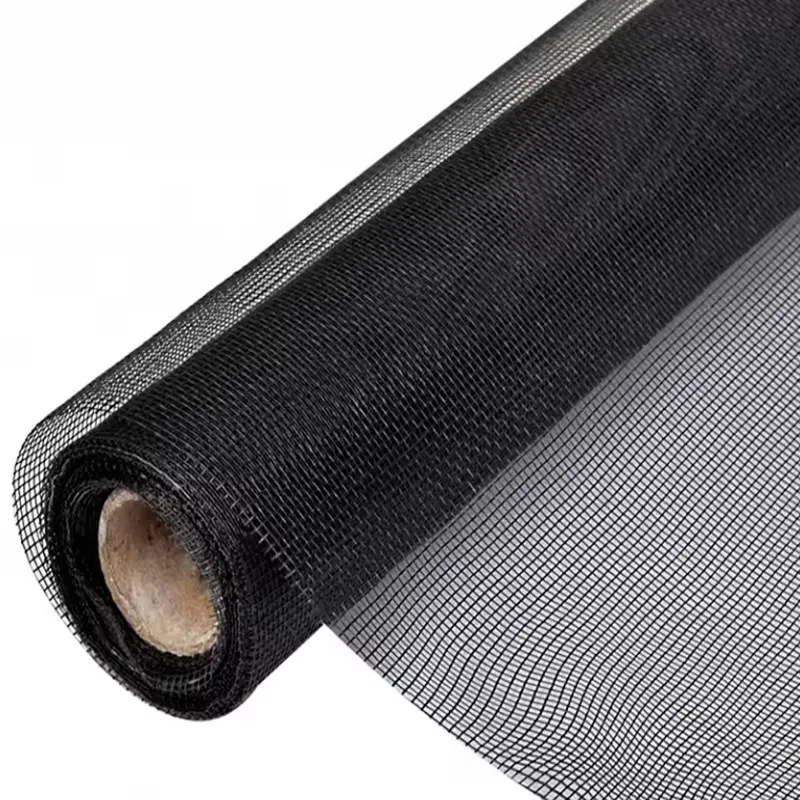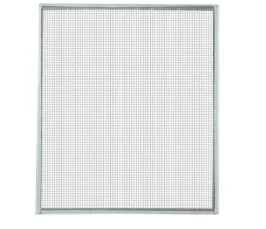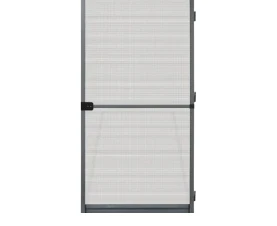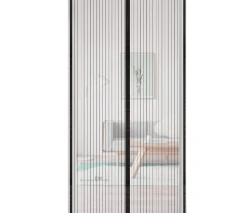
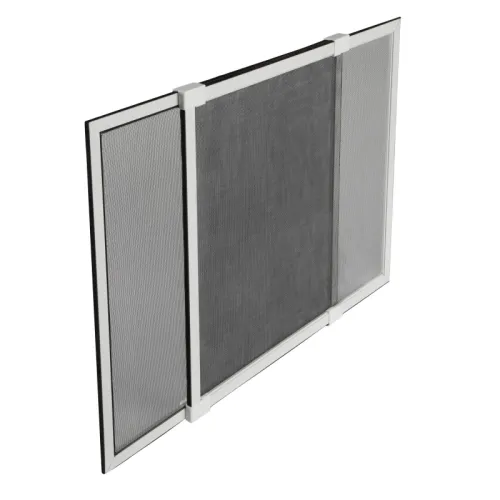
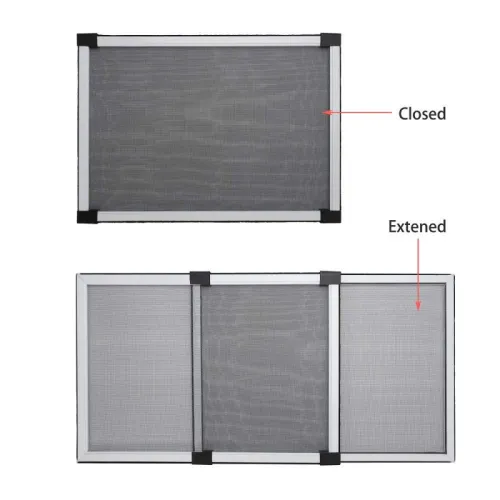

Sliding screen window typically features a screen mesh that helps keep out insects, debris, and other unwanted elements while allowing fresh air to circulate. The mesh is usually made of materials such as fiberglass or aluminum, providing durability and effective protection.
The sliding mechanism itself is designed to be smooth and easy to operate, often incorporating ball bearings or tracks to ensure minimal friction and wear over time.
Since the screen slides rather than swinging open, it doesn’t require additional clearance, making it ideal for areas with limited space or high traffic. This makes it a popular choice for patios, balconies, and smaller rooms.
Sliding screen windows can enhance energy efficiency. By allowing for natural ventilation, they can reduce the need for mechanical cooling and heating, thereby lowering energy consumption. They also help maintain indoor air quality by providing a constant flow of fresh air.
Sliding screen windows are popular for their ease of use and versatility. Here are some key features:
- Ease of Operation:
They slide open and closed horizontally, making them simple to operate, especially in tight spaces where swinging windows might be impractical.
- Space Efficiency:
Since the screens slide, they don’t require additional space to open, which is great for areas where space is limited.
- Ventilation:
Sliding screens allow for adjustable airflow. You can open the screen partially or fully, depending on your ventilation needs.
- Durability:
They are often built with durable materials like aluminum or vinyl frames, and the mesh screens are designed to withstand the elements.
- Low Maintenance:
Generally easy to clean and maintain. The screens can be removed for cleaning or repair without much hassle.
- Customizability:
Available in various sizes and colors to match different window styles and home aesthetics.
- Insect Protection:
They keep insects and debris out while allowing fresh air to flow through.
- Security:
While not a security feature, they can be paired with locks or latches for added security
- Visibility:
Provide clear visibility and do not obstruct the view when open.
- Energy Efficiency:
By allowing fresh air without opening windows completely, they can contribute to better airflow and potentially lower cooling costs.
|
Mesh Material |
Fiberglass |
|
Frame Material |
Aluminum |
|
Size |
50*75cm 75*100cm |
|
Color |
Charcoal/white/grey/brown/Customized |
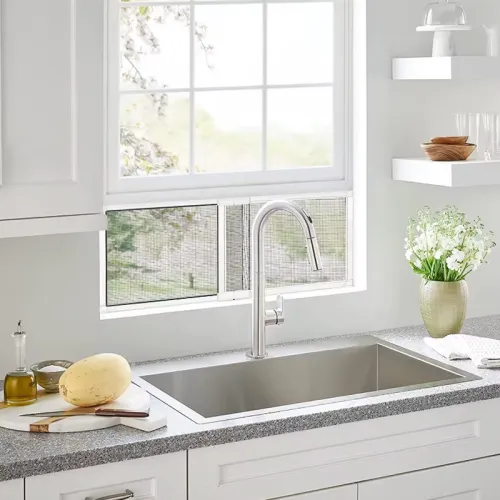
Sliding screen windows are widely used in residential and commercial buildings due to their functionality and versatility. They provide ventilation while preventing insects, debris, and dust from entering interiors. In homes, they are often installed in kitchens, living rooms, or balconies, allowing fresh air to flow without compromising security or cleanliness. Sliding screen windows are also popular in offices, cafes, and hotels, contributing to a pleasant indoor environment.

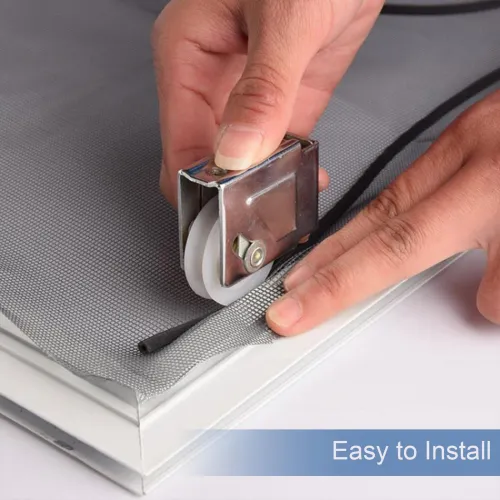
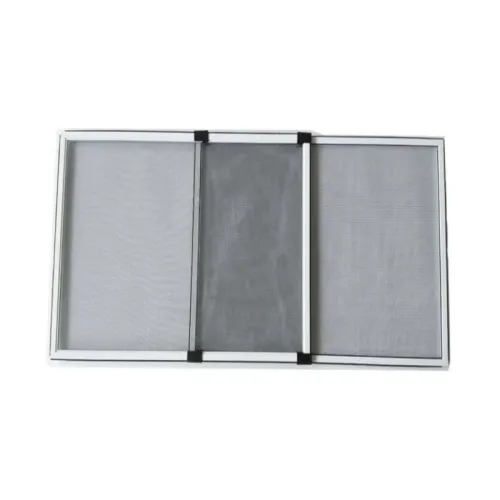
The spline of the window screen is a kind of sealing material used to fix the gauze screen, usually made of elastic rubber or PVC. The adhesive strip is installed along the edge of the screen window, and is closely matched with the yarn frame through extrusion to prevent the gauze from loosening, and also plays the effect of sealing, dust-proof and insect-proof.
Sliding screen snap joint is used to secure the position of the sliding screen in the window frame to prevent the screen from sliding or falling off. The clasp is generally made of plastic or metal and is mounted on the screen rail or the edge of the window frame.

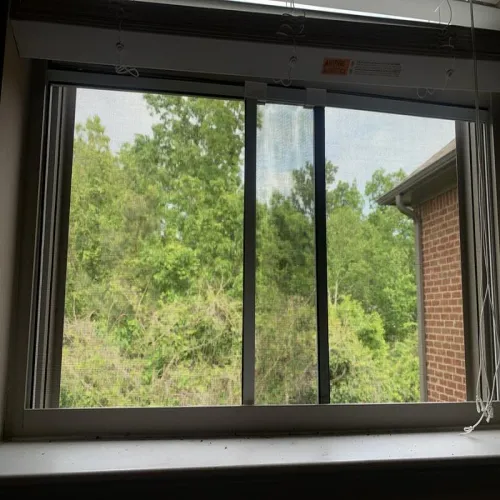
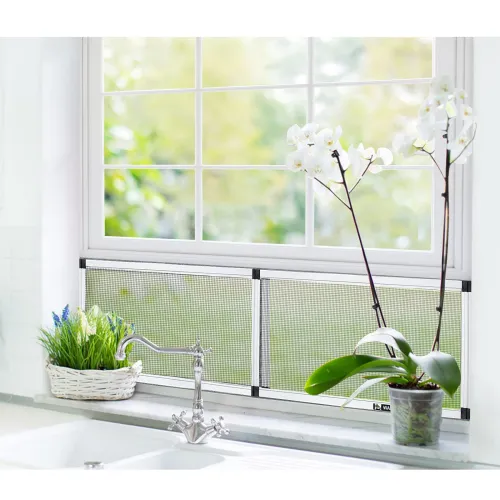
Sliding screen Windows are a convenient and practical design suitable for use in bedrooms and kitchens. It can not only effectively prevent mosquitoes from entering, but also maintain a good ventilation effect. Its push-pull design is easy to operate, suitable for a variety of space layouts, and saves the space of opening and closing Windows.
Bedroom installation of sliding screen window can ensure night ventilation at the same time to prevent mosquito bites, provide a better sleep environment; Kitchen use can prevent flying insects from entering the food area, maintain hygiene, and avoid the spread of oil fumes to other rooms.
How do sliding screen windows work?
Sliding screen windows are designed to provide ventilation while keeping insects and debris out. Here's how they typically work:
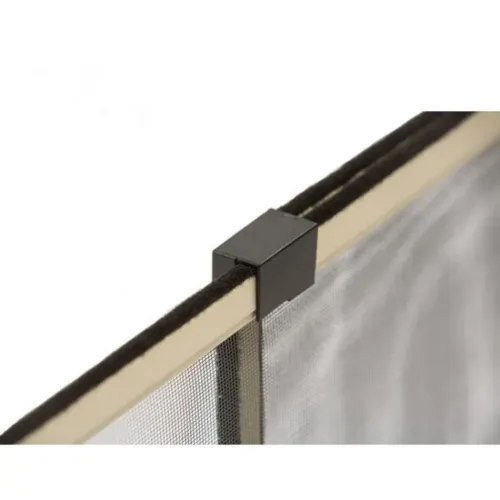
Frame and Screen: The screen is mounted within a frame that fits into the window's outer frame. This frame is often made of aluminum or plastic.
Sliding Mechanism: The window itself is usually designed with a track system. The screen frame slides horizontally along these tracks, which allows it to open and close smoothly.
Movement: To open or close the screen, you simply slide it along the track. Some screens may have a handle or grip to make this easier.
Seals and Stops: The screen usually has seals or gaskets along the edges to ensure a snug fit when closed, preventing gaps that insects could slip through. There are also stops or guides in the track to keep the screen from sliding out of place.
Maintenance: Sliding screens can be removed for cleaning or repair. They typically just lift out of the track or can be unfastened with clips or screws.
In essence, the design allows for easy ventilation and access to the outdoors while providing a barrier against pests.

Are sliding mosquito net for windows energy efficient?
Yes, sliding mosquito nets for windows can contribute to energy efficiency in a few ways. By keeping mosquitoes and other insects out, they reduce the need for chemical repellents and the use of air conditioning or fans to combat the discomfort caused by pests.
Because they are installed over windows, they help in maintaining proper ventilation without compromising security or comfort. This can reduce the reliance on mechanical cooling systems, potentially lowering energy consumption.
How do you clean insect screen sliding window?
Cleaning an insect screen on a sliding window is a straightforward task. Here’s a step-by-step guide:
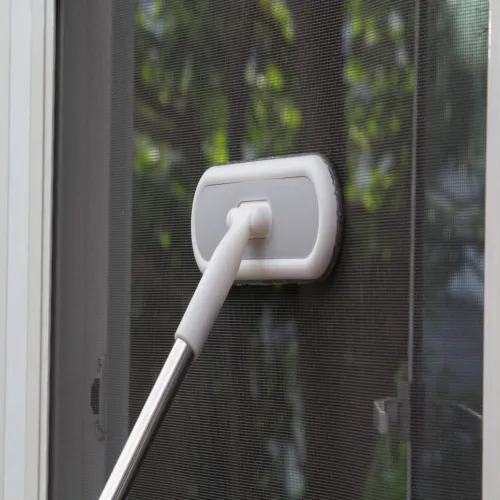
Remove the Screen: Slide the screen out of the window frame. Depending on the design, you might need to lift it up or pull it out of its tracks.
Dust Off: Use a soft brush or a vacuum with a brush attachment to remove loose dirt and debris from both sides of the screen.
Prepare Cleaning Solution: Mix a mild detergent with warm water. Avoid harsh chemicals that might damage the screen.
Clean the Screen: Dip a sponge or cloth into the soapy water and gently scrub the screen. Pay extra attention to any stubborn spots. For metal screens, a soft brush might be more effective.
Rinse: Rinse the screen with clean water to remove any soap residue. You can use a garden hose for this step if you're outside.
Dry: Let the screen air dry completely before re-installing it. If you’re indoors, you can use a towel to blot it dry.
Reinstall the Screen: Once it’s dry, carefully slide the screen back into place.
If the screen has any tears or damage, you might need to repair or replace it to keep insects out.
How can you fix a sliding screen window that’s difficult to open?
If your sliding screen window is hard to open, there are a few things you can try to fix it:
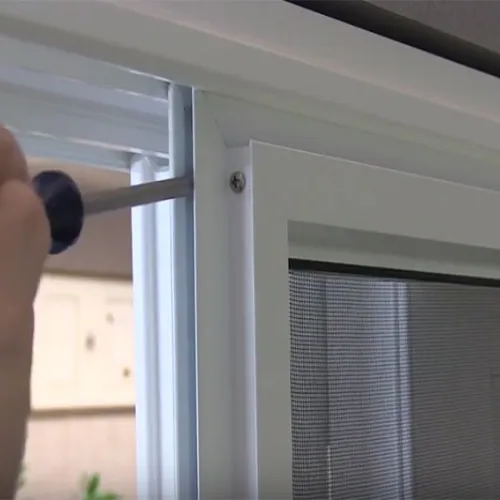
Clean the Tracks: Dirt and debris in the tracks can make it difficult for the screen to slide smoothly. Use a vacuum or a brush to clean out any debris. You can also wipe down the tracks with a damp cloth.
Lubricate the Tracks: Apply a lubricant designed for sliding doors or windows. Spray it along the tracks, then move the screen back and forth to distribute it evenly. Be careful not to use too much, as excess lubricant can attract more dirt.
Check for Misalignment: Ensure the screen is properly aligned in the tracks. If it’s off-center, it can cause friction. Adjust the screen if necessary.
Inspect the Rollers: Many sliding screens have rollers or wheels that can become worn out or misaligned. Check them to see if they need to be replaced or adjusted.
Tighten Screws: Sometimes loose screws can cause alignment issues. Check the screws on the frame and the rollers and tighten them if needed.
Replace the Screen: If the screen is old or damaged, it might be worth replacing it altogether.
Can you replace the mesh on horizontal sliding window screens?
Yes, you can replace the mesh on horizontal sliding window screens. Here's a general outline of how to do it:
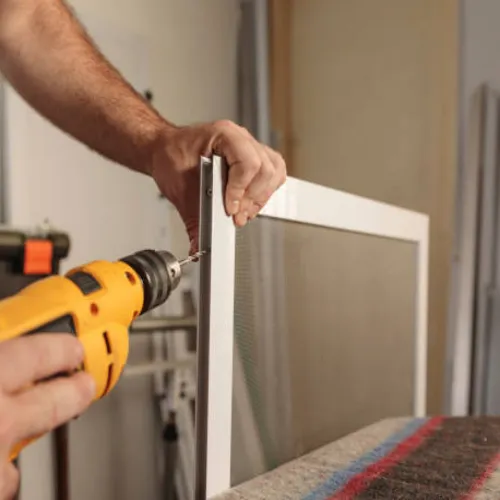
Remove the Screen Frame: Carefully take out the screen from the window frame. This usually involves removing some screws or simply lifting it out, depending on the design.
Remove the Old Mesh: The mesh is typically held in place by a spline (a small rubber or plastic strip). Use a flathead screwdriver to pry off the spline and remove the old mesh.
Prepare the New Mesh: Cut a piece of new screen mesh to be slightly larger than the frame. You can find screen mesh at hardware stores or online. Make sure it’s the right type (e.g., fiberglass, aluminum).
Attach the New Mesh: Lay the new mesh over the frame, making sure it's taut. Place the mesh over the frame and trim any excess.
Reinstall the Spline: Place the spline over the mesh and press it into the frame’s groove. You may need to trim any excess mesh as you go. Use a spline roller or a flathead screwdriver to press the spline down securely.
Reinstall the Screen Frame: Put the screen back into the window frame and secure it with screws or by fitting it into place.
Related NEWS


